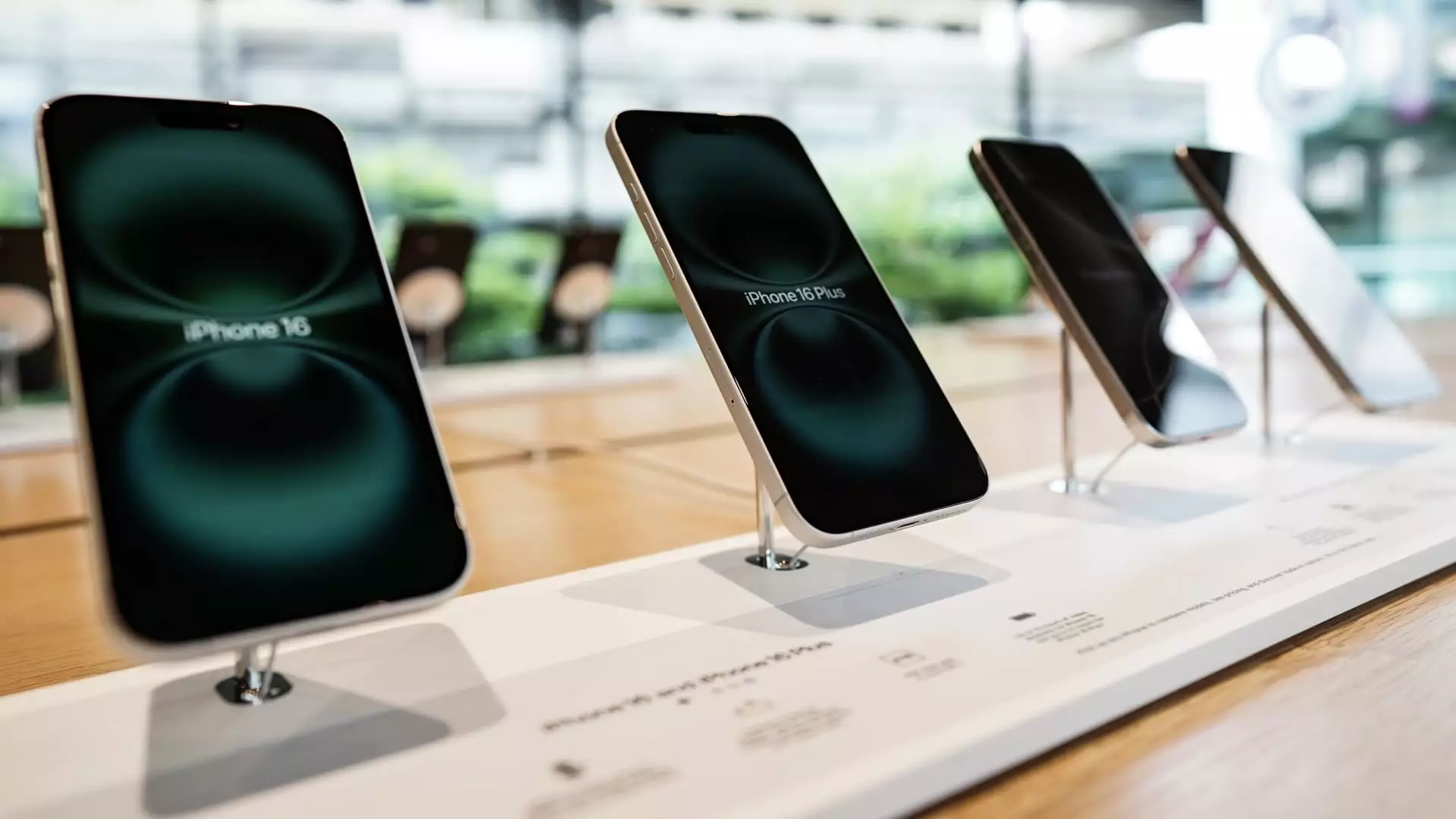In recent years, Apple has been scrutinizing its manufacturing strategies amid escalating geopolitical tensions and tariffs. Speculation has arisen surrounding a potential move of iPhone assembly from China to India. However, this ambitious plan, while potentially appealing, appears riddled with complexities that could stymie its success. Renowned analyst Craig Moffett warns that this pivot might not only be unrealistic but could also dilute Apple’s financial standing amidst industry turmoil.
The Mirage of Cost Reduction
Moffett’s analysis brings to light a critical point: simply relocating assembly doesn’t inherently equate to cost savings. Despite Apple’s meditation on shifting production to India, the core components of the iPhone predominantly stem from China. The logic is simple yet profound; if the bulk of the manufacturing matrix remains tied to China, the advantage of lower labor costs in India could be overshadowed by the costs incurred from tariffs. As Moffett aptly stated, while a partial solution may exist, the overarching problems created by tariffs remain largely unsolved.
The decentralized manufacturing narrative espoused by many is seductive, but it often overlooks the intricate tapestry of global supply chains. Moving assembly across borders without addressing the root issues simply creates an illusion of progress. A move to India, even if executed, would still leave Apple tethered to the issues it seeks to escape. Would the marginal cost reductions be substantial enough to justify this logistical upheaval? Moffett’s perspective suggests otherwise.
The Impediments of Diversification
Attempting to diversify supply chains is often depicted as a straightforward process, but Moffett stresses the operational pitfalls inherent in this transition. For Apple, a diversified supply chain is not merely strategic; it is essential for mitigating risk and fostering resilience. However, such a transition necessitates considerable time, investment, and strategic alignment – all of which are complicated factors that must align harmoniously. With a substantial portion of its production infrastructure rooted in China, any efforts to pivot could encounter staunch resistance from entrenched relationships and established practices.
Moreover, the global trade war adds layers of complexity to Apple’s plans. The notion that relocation might insulate Apple from economic repercussions neglects to consider how intertwined the current trade dynamics are. The battle between the U.S. and China is multifaceted, affecting everything from tariffs to consumer sentiment. The transition to Indian manufacturing is not just a logistical shift; it is a navigation through an intricate web of economic and political hurdles, which Moffett suggests could obstruct Apple’s ambitious timeline.
The Dim Prospects of Consumer Demand
A darker shadow casts over Apple’s prospects as Moffett raises concerns about consumer demand – a pivotal factor in Apple’s success. He underscores that tariff-induced price increases will ripple through consumers, potentially dampening market enthusiasm for new devices. Major U.S. carriers have indicated they will not absorb the additional costs, which means end-users will ultimately have to swallow the price hikes. This dynamic may lead to “demand destruction,” causing consumers to hold onto their devices longer and delay upgrades.
The erosion in demand is far from a trivial concern; it signifies a potential downturn in revenue for a company that thrives on consistent product innovation and high turnover rates. Moffett characterizes this scenario as a troubling juxtaposition for a company deeply invested in the cyclical nature of consumer electronics.
The Leeched Market Share in China
Lastly, Apple’s position in the Chinese market, once a beacon of growth, is increasingly precarious. Moffett’s insights reveal an alarming trend: the company is losing ground to domestic competitors like Huawei and Vivo. Consumer sentiments are shifting, and the perception of Apple as the quintessential luxury brand is being eclipsed by the growing popularity of local alternatives. The backlash stemming from U.S. tariffs only exacerbates this issue, reinforcing the idea that Apple is not just fighting external market forces but also battling an erosion of brand loyalty within one of its largest markets.
In juxtaposing Moffett’s assessments with Apple’s current trajectory, one must ponder: Is the marketing prowess and innovative edge enough to stem the tide of growing competition and shifting consumer perceptions? Given the intersecting challenges of tariffs, supply chain complexities, and market share erosion in key territories, Apple’s strategic shifts warrant scrutiny that transcends optimism. The road ahead appears laden with obstacles, challenging both Apple’s resilience and adaptation in an evolving marketplace.

